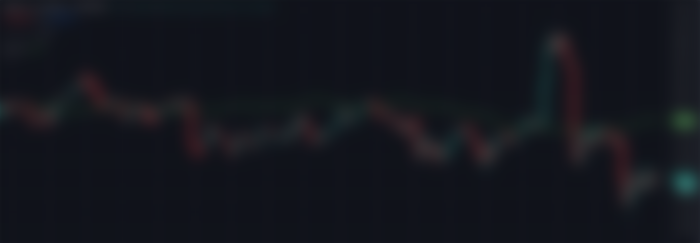If you've read our price forecasts before, you know we frequently mentioned what happens in equities, commodities, and forex markets, as they are often somewhat relevant to daily price action in Bitcoin and other crypto markets. One of the most significant variables that affects Bitcoin's price is the US Dollar, shown below as the well known DXY Index.
As you can see, whenever the DXY (green line) increases, Bitcoin's price tends to fall, and vice versa. But is this just a temporary phenomena or is this historically supportive too?

I backtested this and found some fascinating data. In late 2017/January 2018, the DXY was extremely weak during Bitcoin's bull market peak. However, later into 2018 as Bitcoin fell, the DXY performed extremely strongly, showing a strong and reliable negative covariance between the two assets (picture below). During December 2017 and January 2018, the DXY was negative and declining at nearly -5%. Once Bitcoin topped around $20,000 and began its descent into bear market territory, the DXY perked up, turning positive in a few months and performing extremely well late into 2018 and well into 2019 on the back of BTC weakness during its darkest declines to the low four figures (kudos if you're still here with me).

This inverse correlation appears to have been in effect for some time and continues to be present in today's market environment despite increased volatility and market uncertainty. Some timeframes are better than others, but after looking at Daily, 1H, and 5M charts, the negative covariance remained.
Of course, it is worth noting and apparent when looking at the charts that forex such as DXY do not oscillate in huge price swings, as they are the oldest, most mature, and most liquid markets in the world. In fact, the USD is the global reserve currency, so it cannot possibly match or even come close to the volatility of Bitcoin, which is one of the least volatile crypto assets. To that point, a >2% rise or fall in the DXY is a big deal, which if you observe on the charts, usually results in an exponentially larger price movement in BTC. For a nimble trader with a strong risk management strategy, this information could be used to capture Bitcoin's volatility and price movements in response to DXY price movements.

What does all this mean?
For one, we have stated before that as of late, there has been a fairly reliable inverse correlation between Gold and the DXY, so it is relatively safe to assume that Bitcoin is relatively correlated with Gold and should move similar to gold. This also means that Gold and Bitcoin, on their cown accord, should continue to react to the DXY's movement, rising on US Dollar weakness and falling on USD strength. This gives us an idea, from a macro sense and an intraday sense, of what support and resistance levels might be important inflection points for the DXY, and that these levels may provide clues as to what Bitcoin's price would do if and when DXY reaches those levels.
We will follow up with an isolated analysis dedicated to a US Dollar price forecast for Q4 2020, which, if you're interested in Bitcoin, should be insightful in giving you market context beyond news flow and technical indicators.


